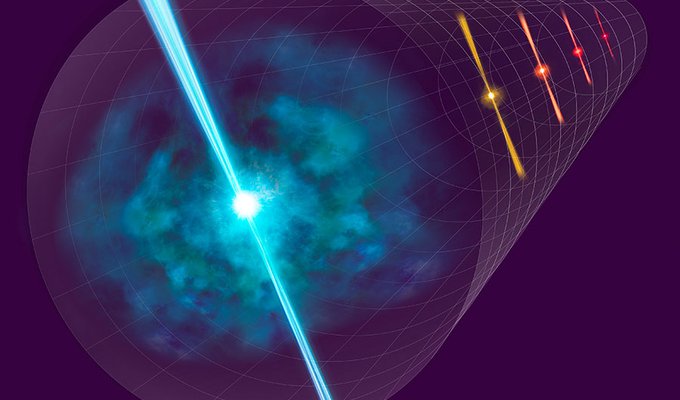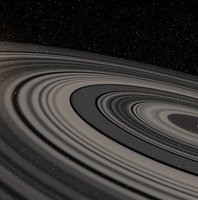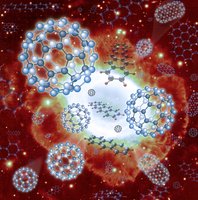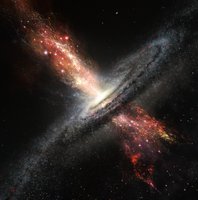Gamma-ray bursts are the most energetic and brightest electromagnetic events in the Universe after the Big Bang!

How do astronomers measure large distances in the far away corners of the Universe?
An international team led by Maria Dainotti – an Assistant Professor at the National Astronomical Observatory of Japan (NAOJ) – has just found a new way to do it.
This is because it is quite hard to find standard candles bright enough to be seen more than 11 billion light-years away from us – the closer we get to the Big Bang, the harder it is to find these very bright objects.
Standard candles are objects which have the same absolute brightness (the brightness you'd see if you were right next to this object) all the time. Scientists normally use them when they're measuring very large distances in the Cosmos. By comparing the object's absolute brightness to its apparent brightness (what we see from Earth), astronomers can find the distance to the standard candle – and also to other objects in the same area.
At 11 billion light-years away from us, these objects get rarer and rarer. So Maria Dainotti's team started looking for some different standard candles and found that gamma-ray bursts (GRBs) – large explosions of radiation resulting from the death of massive stars – could come in handy.
These bursts are bright enough, but their brightness depends on the features of the explosion. So, to use them as standard candles, the team analysed data of 500 gamma-ray bursts coming from different telescopes. By studying the patterns of how GRBs brighten and dim over time, the team found 179 of these objects that are very similar and could potentially have occurred in a similar way. Looking at the behaviour of their light, the team calculated the brightness and distance for each GRB that can be used for measuring large distances in the Universe.
The findings will give us new insights into this class of GRBs and help us look farther and farther into the Universe. Isn't that amazing?
Image: Conceptual image of this research: using Gamma Ray Bursts to determine distances in space. Credit: NAOJ



















